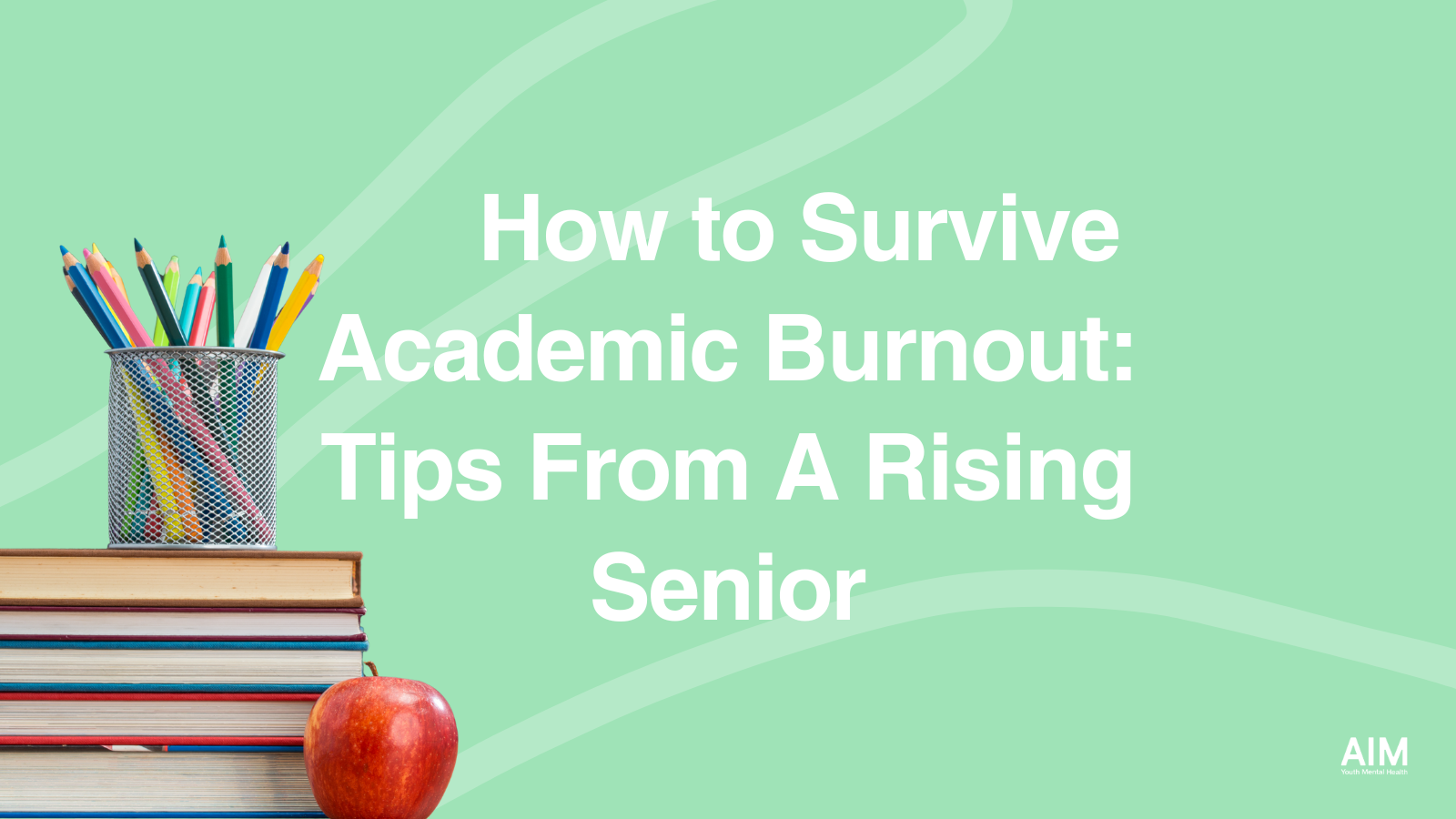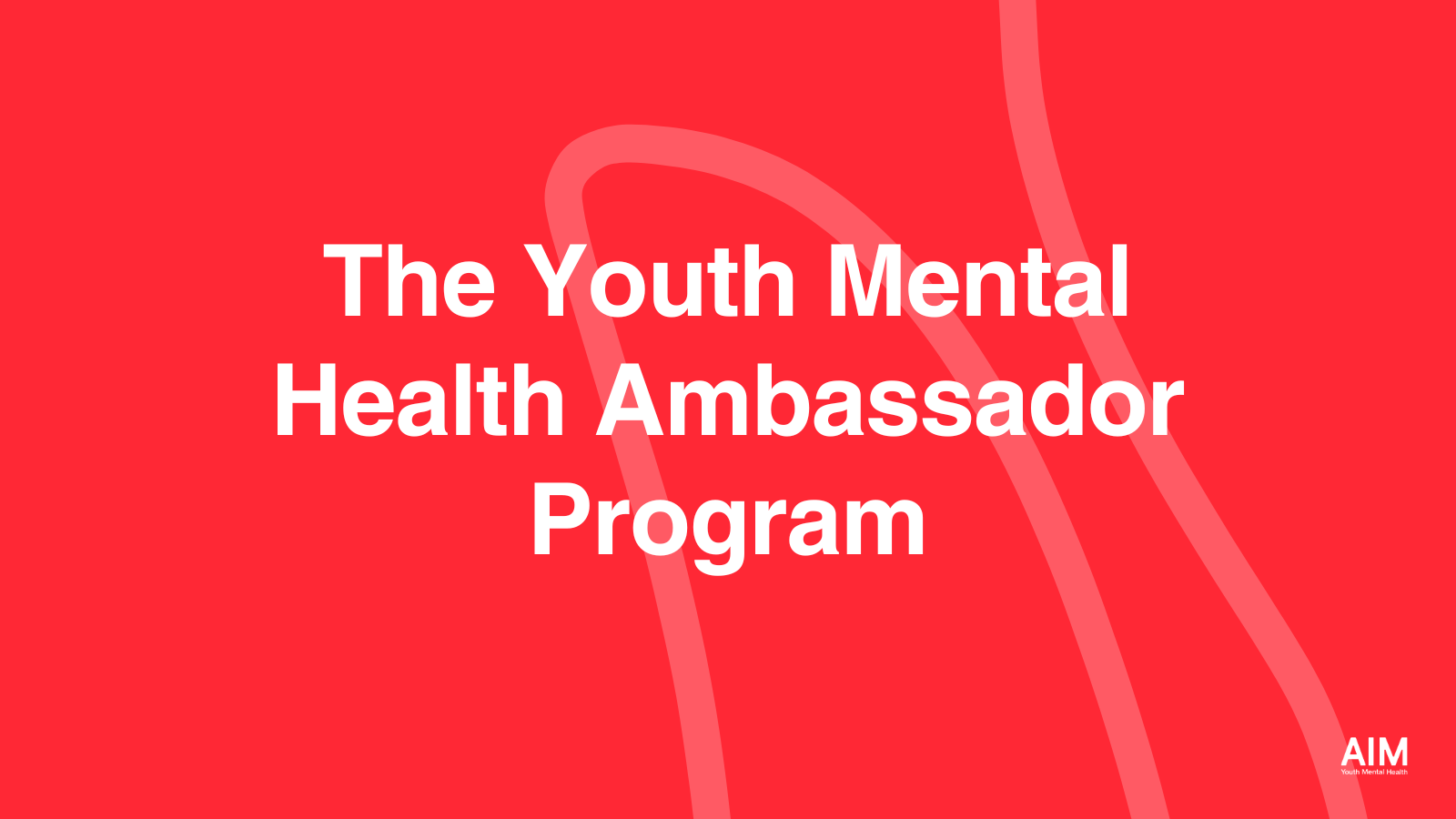When discussing mental health, we often hear the sentiment: it’s about going back to the basics.
From our primary care doctor’s office to receiving a meme from a friend—basic mental health care reminds us humans that we are just like the plants we seemingly can’t keep alive in our homes: in need of simply water, fresh air, and some sunlight in order to feel good.
While these “tried and true” answers are often easy to dismiss in search of rapid solutions that can stand toe-to-toe with same day shipping—new research is begging us to not scroll past these insights.
A new study, highlighted by Andrew Huberman in his Huberman Lab Podcast, published just six months ago, confirms that daytime sunlight exposure and nighttime darkness exposure promotes mental health and wellbeing.
This study, conducted on +85,000 individuals, shows that daytime sunlight exposure has positive effects on mental health, and reduces the symptoms of various mental health disorders, including depression and anxiety.
Furthermore, they found that darkness exposure at night (10PM-4AM) can similarly support our mental health, with specific positive benefits for depression. Avoiding light at night can prevent activation of the eye to the peri habenular pathway, which has been linked to depression.
Sure, I can feel the difference that a neighborhood walk around the block on my lunch break has on my mindset. And yet, how can light exposure be this impactful to ward off depression?
At the risk of sounding like your high school physics class: Light is electromagnetic energy measured in wavelengths. Different wavelengths have different effects on the body. For example, you may have seen the wellness industry talk about red light’s ability to stimulate collagen or seen ads about blue light wands that can kill acne-causing bacteria and make our skin luminous (all true by the way)!
Exposure to sunlight specifically in the morning can help regulate our circadian rhythm—aka our sleep and hormone balance. It is also targeted enough to be used to stimulate the function of particular organelles (“little organs”) within our cells. No other form of energy (sound, chemical, touch) can target specific locations in cells, organs, and the body just as precisely as light can. In fact, exposure to specific wavelengths of light can improve brain function and potentially prevent dementia.
Sunlight does all this and more. It can improve our immune system, protect melatonin, and increase the release of beta-endorphins—countering not only physical, but emotional pain. Morning light triggers cortisol for alertness and focus (remember: not all stress is bad stress) and sets a timer for our bodies for falling asleep later at night. An additional study found that 20-30 min of midday sun exposure for 2-3x a week increased testosterone and estrogen levels, leaving both males and females reporting increased romantic passion.
With these new insights on what we already knew to be true, here are some ideal morning and evening routine examples of how to utilize light exposure to best support you and your family’s mental wellness.
Ideal Light Morning Routine:
Using morning light to regulate our circadian rhythm and increase our mental health
- View bright sunlight early in the day (within the first 30–60 minutes after waking) outside
- Do not try to get sunlight exposure through a windshield, sunglasses, or a window; it won’t work
- Do not wear sunglasses during this time (Eyeglasses or contact lenses with UV protection are okay)
- It does not need to be a sunny day to get benefits! Even when it’s overcast, it’s much brighter during the daytime out of doors than it ever is at night or indoors. Simply adjust your timing:
- Clear day: 5 minutes of sunlight exposure
- Cloudy day: 10 minutes of sunlight exposure
- Overcast or rainy day: 20–30 minutes of sunlight exposure
- If unable to go outside, use sunlight simulators or daylight simulators (e.g., ring lights, LED panels)
- If you miss a day, try to get twice as much sunlight exposure the following day
Ideal Evening Routine:
View evening sunlight to provide a second reference point for circadian clock
- Do your best to make it as dark as possible between the hours of 10PM and 4AM
- Avoid bright artificial lights
- Dim indoor lights and use low-placed lights
- Use as little artificial light as needed for activities
- Ideally, use candlelight, red-lights, or moonlight
____________________________________
About the Author
Meadowlark Monaghan (she/hers) is a consultant using her knowledge gained as a mental health professional to act as a liaison between brands, creators, + online communities with the field of psychology and mental health. She also co-hosts the personal development podcast, Thoughts May Vary. Her work has been seen with Madhappy, Local Optimist, The Mayfair Group, Lonely Ghost, AIM Youth Mental Health, NAMI San Diego and more.





